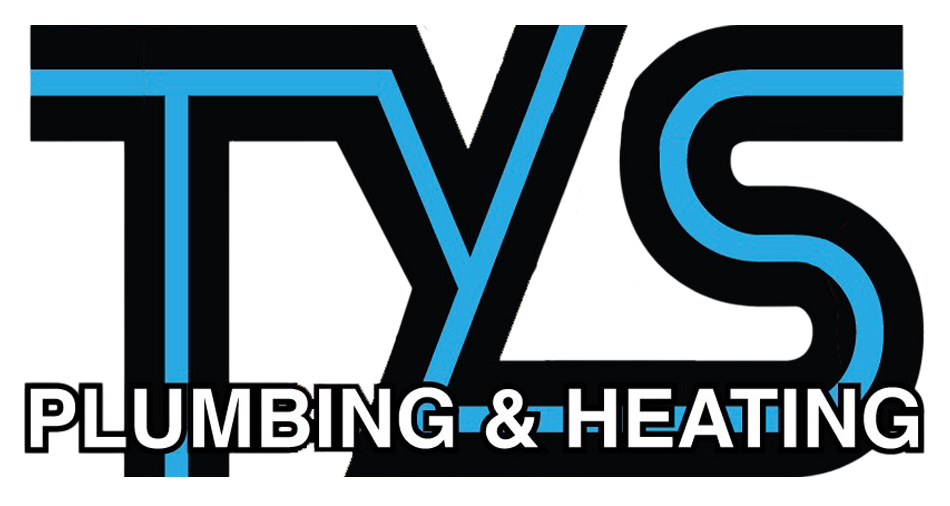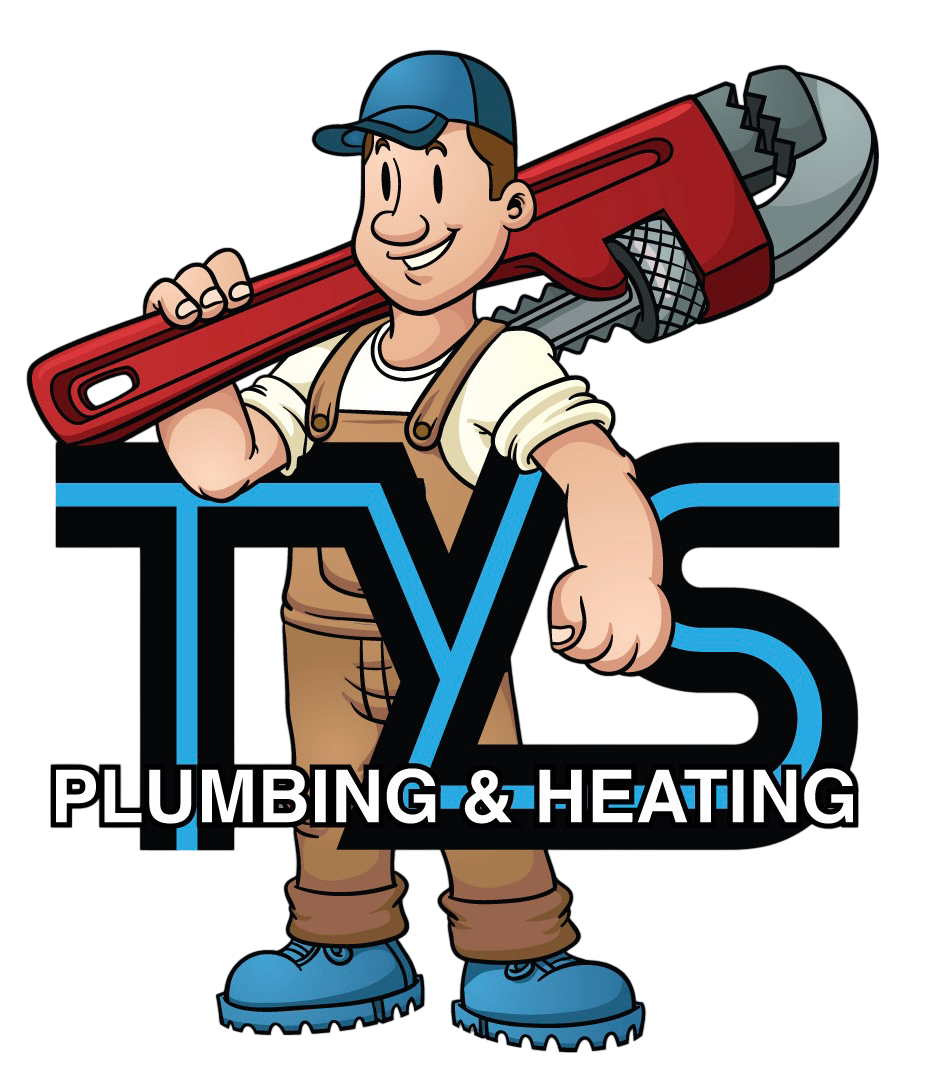Water pressure plays a role in your everyday comfort and convenience at home, influencing everything from the strength of your morning shower to the efficiency of your dishwasher. Understanding your home’s water pressure is essential not only for ensuring optimal performance of your plumbing fixtures but also for identifying potential issues before they escalate into costly repairs.
Water pressure refers to the force at which water is delivered through your pipes and out of your faucets, showerheads, and other fixtures. It’s measured in pounds per square inch (PSI). Most homes have water pressure that ranges between 40 to 60 PSI, which is typically considered ideal for residential plumbing systems. Water pressure that falls significantly below or above this range can indicate underlying issues that need to be addressed.
Signs of Low Water Pressure
Low water pressure is a common complaint among homeowners and can manifest in various ways:
- Weak Shower Flow: One of the most noticeable signs of low water pressure is a weak shower flow. If your once-invigorating shower has turned into a trickle, it’s likely that your water pressure has dropped.
- Slow-Filling Appliances: If your washing machine or dishwasher takes longer than usual to fill up, it could be a sign that your water pressure is too low.
- Faucets Trickle: If water comes out in a slow stream or a trickle when you turn on your faucets, you’re likely dealing with low water pressure.
Low water pressure can be caused by several factors, including:
- Clogged Pipes: Over time, mineral deposits and debris can accumulate inside your pipes, reducing the flow of water.
- Leaking Pipes: Leaks in your plumbing system can cause a significant drop in water pressure as water escapes before it reaches your fixtures.
- Municipal Supply Issues: Sometimes, the problem lies with the municipal water supply. If other homes in your area are experiencing similar issues, this could be the case.
Signs of High Water Pressure
While low water pressure is a common issue, high water pressure can also be problematic. High water pressure might seem like a good thing, but it can cause significant damage to your plumbing system over time.
- Banging Pipes: If you hear loud banging noises when you turn off a faucet or water-using appliance, this is often due to high water pressure, which causes an effect known as “water hammer.”
- Leaking Fixtures: Excessively high water pressure can strain your plumbing fixtures, leading to leaks in faucets, showerheads, and other fixtures.
- Burst Pipes: Perhaps the most severe consequence of high water pressure is the potential for pipes to burst, leading to water damage and costly repairs.
How to Measure and Regulate Your Water Pressure
If you’re concerned about your water pressure, it’s a good idea to measure it using a water pressure gauge. These devices are inexpensive and easy to use. Simply attach the gauge to an outdoor faucet, turn on the water, and read the PSI level.
If your water pressure is too high or too low, adjustments can be made:
- Pressure Regulator: If your home’s water pressure is consistently too high, a pressure regulator can be installed to bring it down to a safer level.
- Pipe Inspections: For low water pressure, it may be necessary to inspect your pipes for clogs, leaks, or other issues that could be affecting flow.
Contact TYS Plumbing & Heating for All Your Plumbing Needs
Understanding and managing your home’s water pressure is key to maintaining a healthy plumbing system. Regular professional inspections can help identify potential problems early, whether it’s high pressure causing wear and tear on your pipes or low pressure indicating blockages or leaks.
At TYS Plumbing & Heating, we understand the importance of maintaining the right water pressure in your home. Whether you’re dealing with low water pressure, high water pressure, or just want to ensure your system is operating efficiently, our experienced team is here to help. We offer comprehensive plumbing inspections and services tailored to meet your needs and keep your home’s plumbing in top condition.

